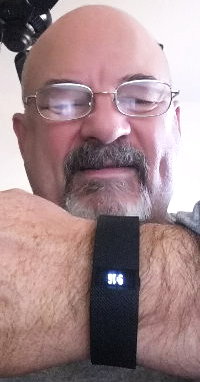 I thought I was just getting a gift, but it turned out to be a full-blown intervention. That thing on my wrist in the picture to the right is something called a Fitbit Charge. I was told it was not the one with the heart rate monitor in it, because that one does not come out for another month or so. I was told I am entirely too fat. I would have argued with them, but they were right. I have never been this big before in my life. They said they got this for me to help me assure I do not eat too much.
I thought I was just getting a gift, but it turned out to be a full-blown intervention. That thing on my wrist in the picture to the right is something called a Fitbit Charge. I was told it was not the one with the heart rate monitor in it, because that one does not come out for another month or so. I was told I am entirely too fat. I would have argued with them, but they were right. I have never been this big before in my life. They said they got this for me to help me assure I do not eat too much.
So I plugged the thing in to charge last night and set it up when I got up this morning. The Fitbit is that watch on my wrist–pretty fashionable. One thing I did figure out was that doing a selfie can be pretty complicated if you want to show off your new watch at the same time. It is a fun little device. I need to figure out how I am going to report my journey on the blog after I figure out whether I can stick with it.
I am an Industrial Engineer. Industrial engineers are numbers guys. My whole work life is centered around numbers and measuring things. I do not know how I am going to do with this Fitbit, but I will no longer have the excuse that I do not know where I am calorie-wise at any given time. It keeps track of how many steps you take and whether or not you are going up or down stairs. I am amazed at its accuracy. The reality is that it does not have to be perfect. All it really needs is to be close. You have to enter the food you eat so they can account for those calories, but they make that easy for you, too.
I have only had the thing on for a few hours, but every time I go up the stairs it adds another floor to how many flights of stairs I have walked. Whenever I walk, it adds up steps. Based on my weight, goals and how aggressive I want to be, it builds a dial on both my computer and on my phone that shows me how the amount of calories of have consumed stack up against how many calories I have expended for the day. The idea is to end up with the dial indicator in the green at the end of the day. If you do that day in and day out, you will hit your goal in the specified amount of time. I like it and gong to try to make it work.
So far today, I have had an Egg McMuffin, a meduim diet coke and four and a half cups of coffee. I have not done any exercise other than going down to the kitchen from the bonus room to feed the cats and get more coffee. Here is the dial for my current status:

Update: The watch vibrates when I receive a phone call. How cool is that?
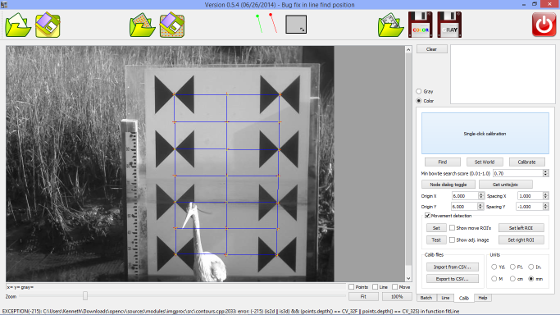 I received a call from my buddy Francois at NCSU in Raleigh a couple of days ago. It turns out that the GaugeCam project to perform automatic water height measurement with cameras in streams, lakes and other water bodies continues to garner interest. Francois has talked to lots of people who have had very limited success at finding systems that work to do this well, including the two biggest commercial providers in the industry. So, I spent a couple of evenings dusting off the software, upgrading the libraries and creating a new build with functionality we had developed, but never made available. We have decided to work on it again and have some new ideas about what we want to do.
I received a call from my buddy Francois at NCSU in Raleigh a couple of days ago. It turns out that the GaugeCam project to perform automatic water height measurement with cameras in streams, lakes and other water bodies continues to garner interest. Francois has talked to lots of people who have had very limited success at finding systems that work to do this well, including the two biggest commercial providers in the industry. So, I spent a couple of evenings dusting off the software, upgrading the libraries and creating a new build with functionality we had developed, but never made available. We have decided to work on it again and have some new ideas about what we want to do.

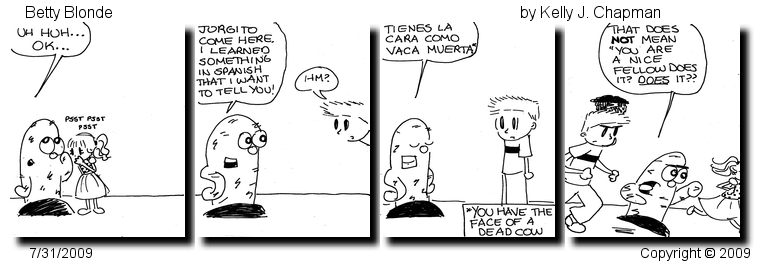
 I thought I was just getting a gift, but it turned out to be a full-blown intervention. That thing on my wrist in the picture to the right is something called a
I thought I was just getting a gift, but it turned out to be a full-blown intervention. That thing on my wrist in the picture to the right is something called a 

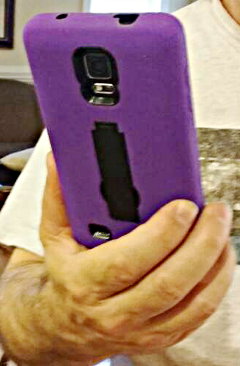 My new Evecase Galaxy Note 4 Case, ARMURE Dual Layer Ultra Rugged Case with Kick-Stand for Samsung Galaxy Note 4 SM-N910S/SM-N910C arrived in the mail today. I bought it from Amazon for $5.97 which included shipping. It is a bigger version of the one I had for my Samsung Galaxy S3 and it is awesome. I had to read my book on the plane (horrors) WITHOUT a kick-stand. I had been bumped to first class and I had to lean forward while I ate my quiche breakfast. Even though had two very good books, it definitely detracted from the experience. I LOVE the solid feel of the case, the color (I am secure enough in my manliness to pull off a color like this), and especially the best kick-stand in the business. The price was pretty impressive, too.
My new Evecase Galaxy Note 4 Case, ARMURE Dual Layer Ultra Rugged Case with Kick-Stand for Samsung Galaxy Note 4 SM-N910S/SM-N910C arrived in the mail today. I bought it from Amazon for $5.97 which included shipping. It is a bigger version of the one I had for my Samsung Galaxy S3 and it is awesome. I had to read my book on the plane (horrors) WITHOUT a kick-stand. I had been bumped to first class and I had to lean forward while I ate my quiche breakfast. Even though had two very good books, it definitely detracted from the experience. I LOVE the solid feel of the case, the color (I am secure enough in my manliness to pull off a color like this), and especially the best kick-stand in the business. The price was pretty impressive, too.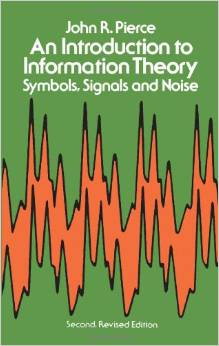 I usually wimp out when it comes to learning
I usually wimp out when it comes to learning 
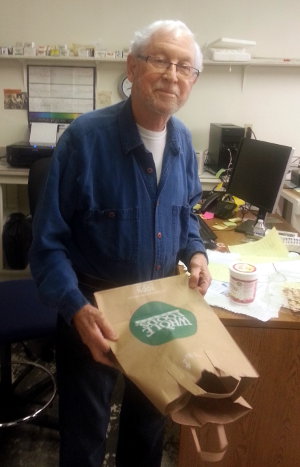
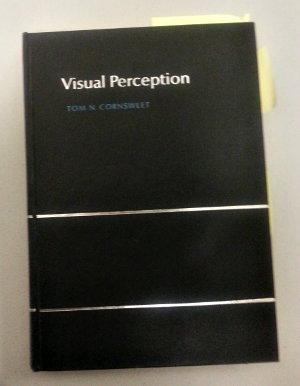 I work closely with Tom as part of a team that is implementing his “vision” of an instrument to help ophthalmologists and optometrists do their work better. It is a joy to work with him and I am learning a lot about how humans do the things I have spent my career trying to do inside computers.
I work closely with Tom as part of a team that is implementing his “vision” of an instrument to help ophthalmologists and optometrists do their work better. It is a joy to work with him and I am learning a lot about how humans do the things I have spent my career trying to do inside computers.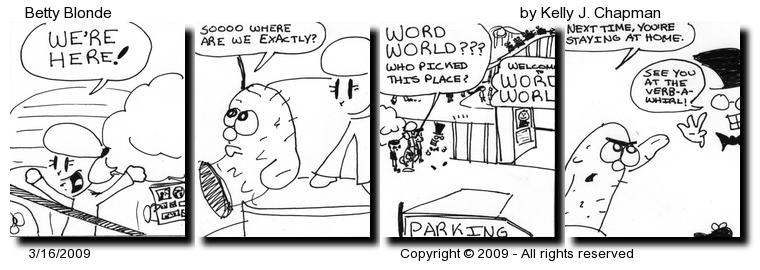
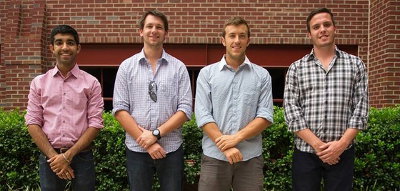 I am starting to believe Kelly’s and Christian’s hyperbole–North Carolina State University might be the best undergraduate institution in the world. Leave to the Chicks on the Right to give it just the right spin in
I am starting to believe Kelly’s and Christian’s hyperbole–North Carolina State University might be the best undergraduate institution in the world. Leave to the Chicks on the Right to give it just the right spin in 
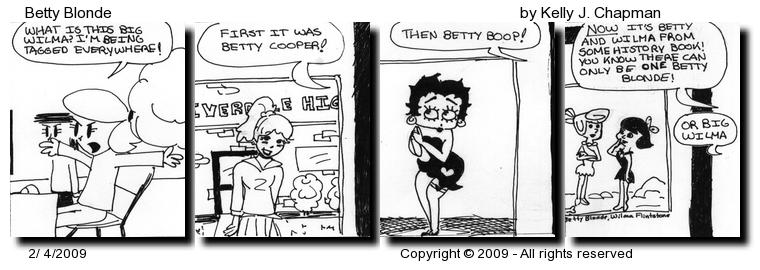

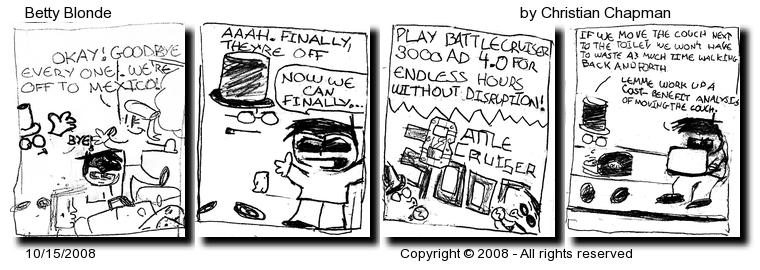

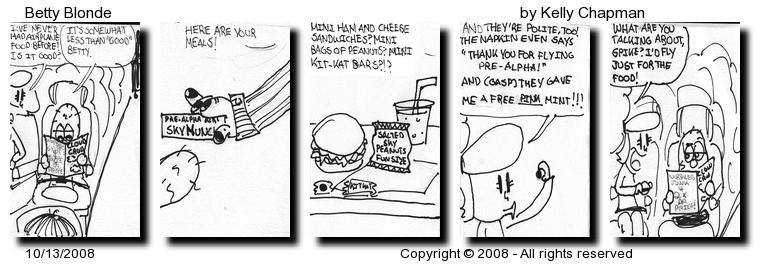
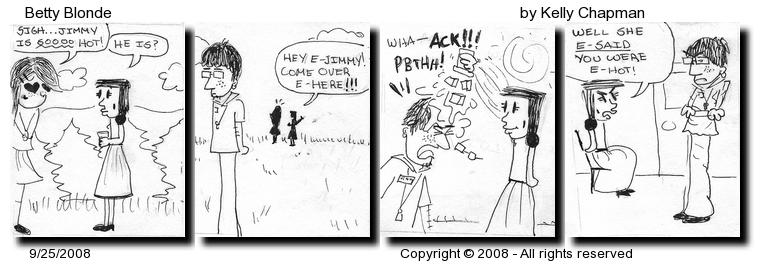
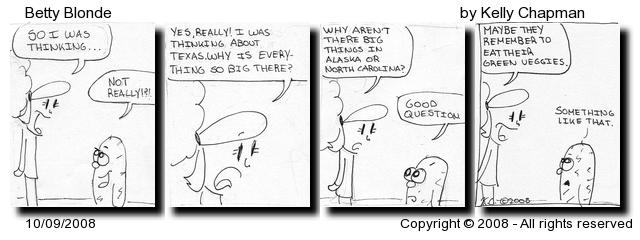

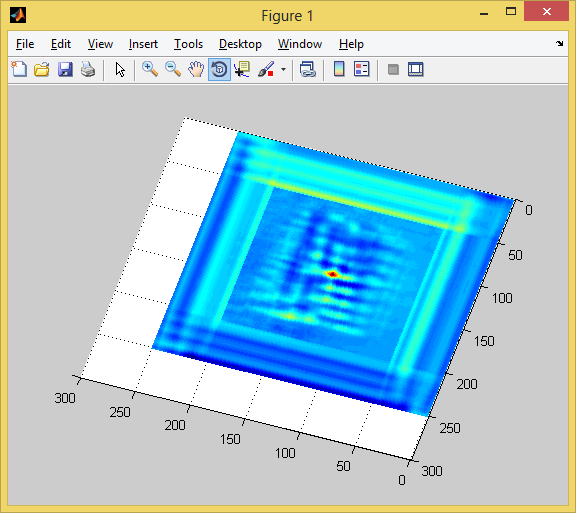 Amazingly, Christian uses many of the same algorithms for his undergraduate research as I do for my day job. Christian created the image to the left. It is a normalized correlation response map used in the process of finding a pattern in an image. His work is very technical–some of the elements of his research requires deeper math skills than I normally use. It has been fun watching the work move forward.
Amazingly, Christian uses many of the same algorithms for his undergraduate research as I do for my day job. Christian created the image to the left. It is a normalized correlation response map used in the process of finding a pattern in an image. His work is very technical–some of the elements of his research requires deeper math skills than I normally use. It has been fun watching the work move forward.